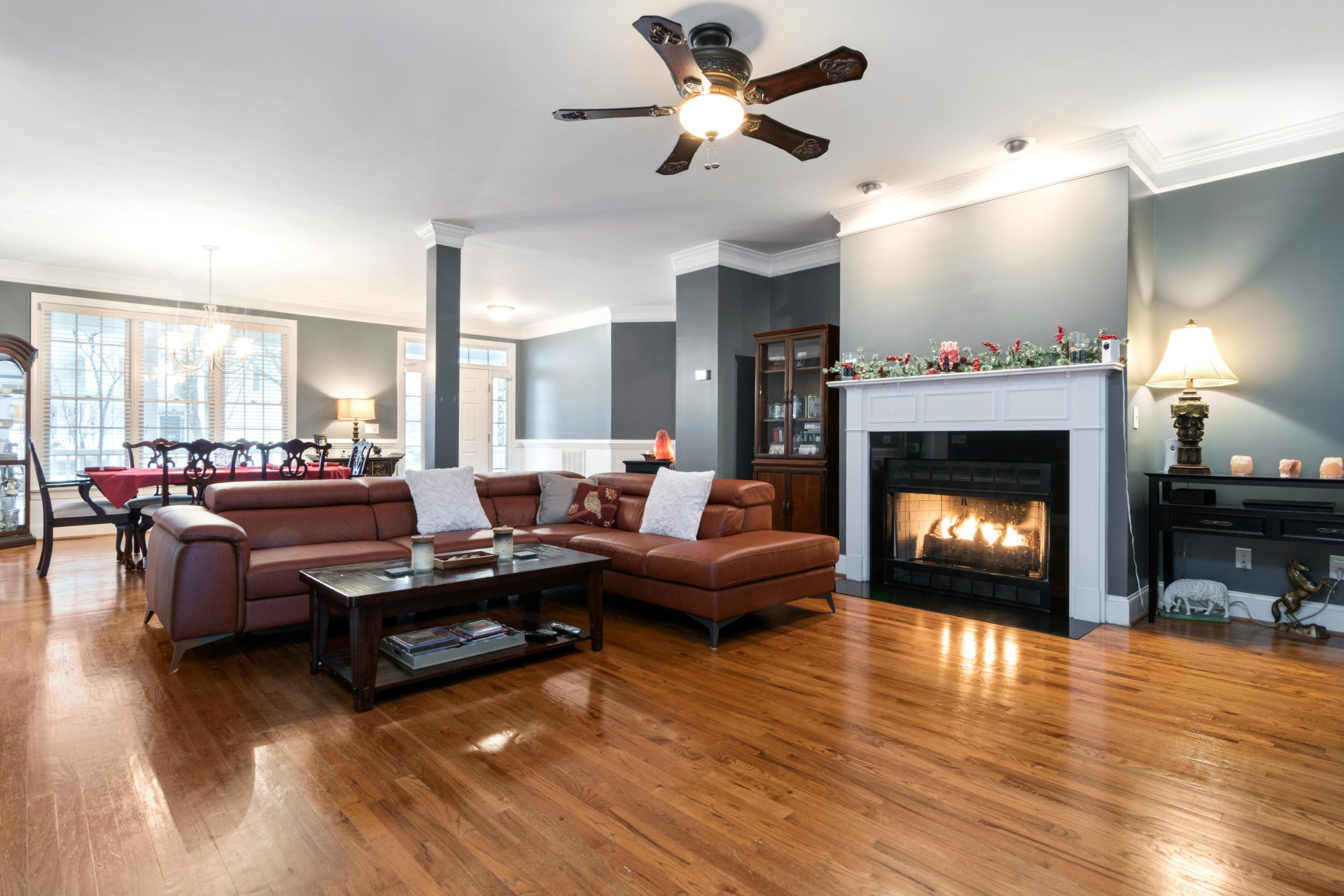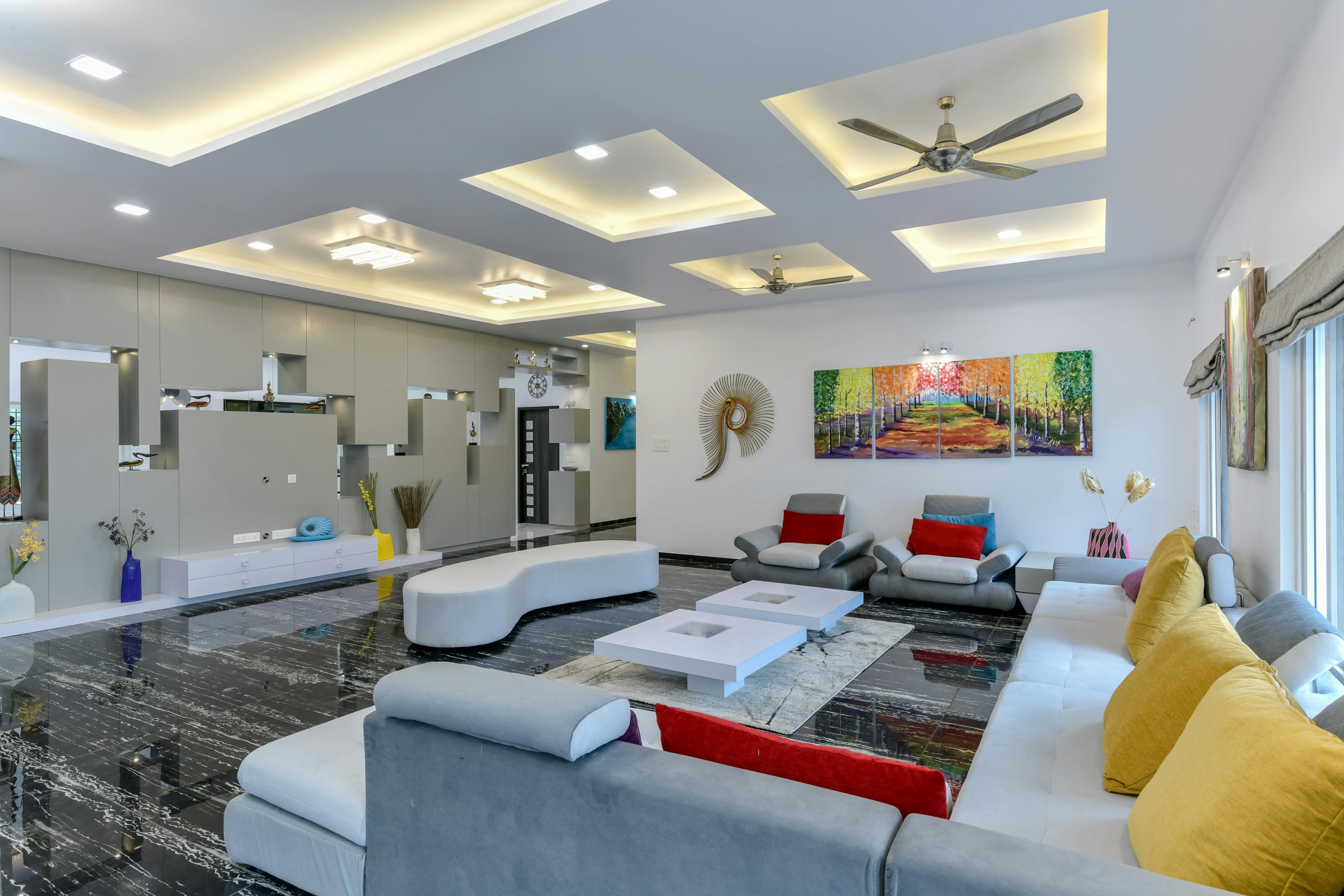Mastering the Art of Transition in Interior Design
The world of interior design is an incredibly vast space. With so many styles in existence, people are always on the lookout for a style that will stand the test of time. Off late, transitional interior design is something that is impressing home owners. Just as the name implies, transitional style is a heady mix of traditional as well as modern interior design. When you look at a space, it will give out a classic look from the outside. However, the functionality is modern. Mastering the art of transition is the secret to making any space look timeless. Occupants are not likely to get bored soon when the design philosophy celebrates their individuality.
Moreover, transition creates a balance. It blends luxury with comfort, masculine with feminine, and antiques with modern pieces. When an interior designer suggests this style, it might come across as confusing. However, once you see the furniture being paired with the other elements, you will realist that a beautiful story is about to unfold.
This interior design style has become so popular that colleges are including it as a subject in interior design course curriculum. It is important for any aspiring interior designer or decorator to understand the core characteristics of transition if they want to thrive in this highly transpiration space.
How to Achieve a Transitional Interior Design?
If you have a look at 2024 interior design trends, transition holds a prominent place. If you want to achieve this style for your client, here are some of the primary components you should be following:
Neutral colour palette
Start with a nude colour palette. Transitional interior design rides high on earthy colors and undertones. Keep bright colors completely out of the way. Think of basic colors such as beige, grey, taupe, moss, sand, cream and white. You can opt for these colors for furnishings, upholstery and the walls. You can even add a slight pop of colour when choosing décor pieces. However, keep it subtle as it shouldn’t overpower your aesthetic in any way. The point of transition in interior design is to make the space look balanced and inviting.
Organic fabrics
To make a statement, focus on texturing and layering. Earthy textures look great in transitional style homes. Depending on the aesthetic you’re going in for, you can choose between carpets and rugs. A lot of people have started putting Persian rugs in contemporary homes. It is an instant way to make a home look rich and classy. Another way through which you can incorporate textures is by choosing woven materials and natural fibres. Rattan, quilted fabrics, leather, corduroy and cotton are great to create visual interest. Think of even adding a stone vase or planter in your living room. This will lend a touch of nature as well as provide a hint of green thereby adding to the earthiness.
Art is always welcome
In transitional interior design, since you’re using muted tones everywhere, it is important to break the monotony. The simplest hack to bring a lifeless space back to life is by creating a focal point. The best way to do so is by placing art. If you’re putting up a painting on the wall, ensure it is minimal and abstract. When you’re framing the artwork, consider the material of the frame. While you can go in for nature and abstract paintings, you can even opt for Tanjore paintings. This wonderfully blends tradition and modernism.
Incorporate ample nature light
Transitional interior design thrives on natural light. When daylight easily flows into the room, it creates a relaxed vibe. Also, it makes the space look prettier. Transitional style is all about “less is more” and natural light accurately celebrates it.
Mastering Transitional Interior Design
Transitional interior design is something that can stand the test of time. To master the art, it is important to select furniture, furnishings and décor elements of the highest quality. Just how you mix-and-match in an outfit, you need to experiment. Thus, don’t be afraid to blend materials, patterns and textures. Once you become an interior design or visual merchandiser, you will develop a strong sense of balance which will further help you create spaces for your clients that are a unique reflection of their personality.
At Vogue Institute of Art & Design, we have an array of interior design courses in Bangalore. Whether you want to pursue an undergraduate, master’s or diploma programme, our curriculum is designed to suit your needs.




